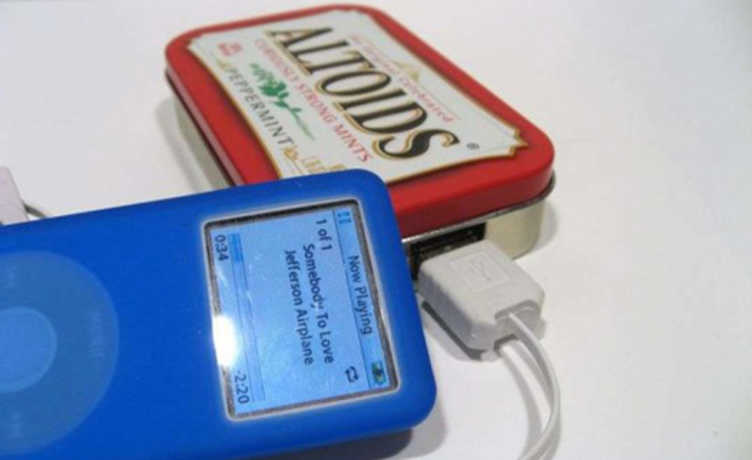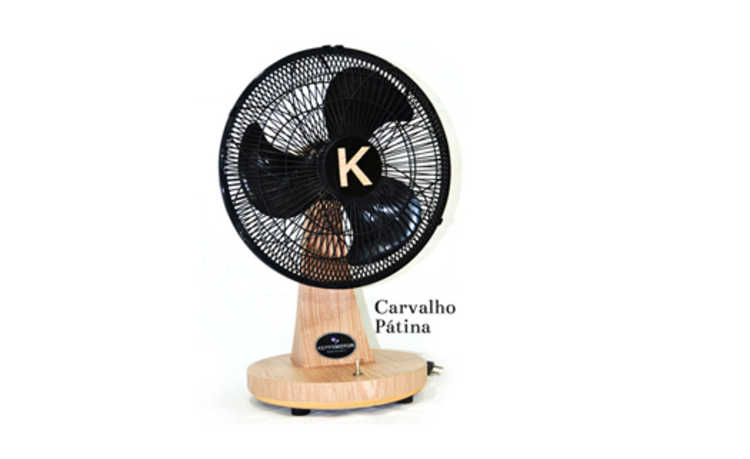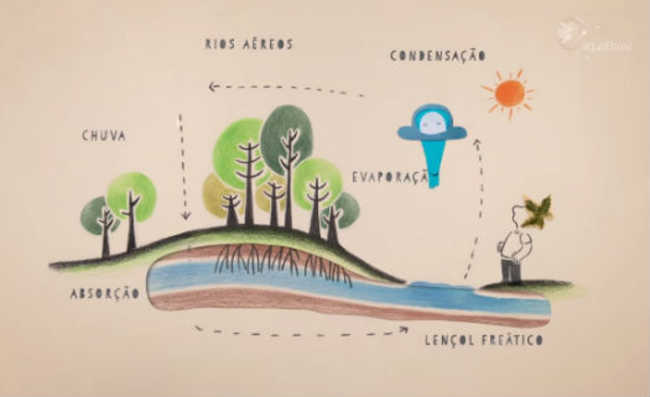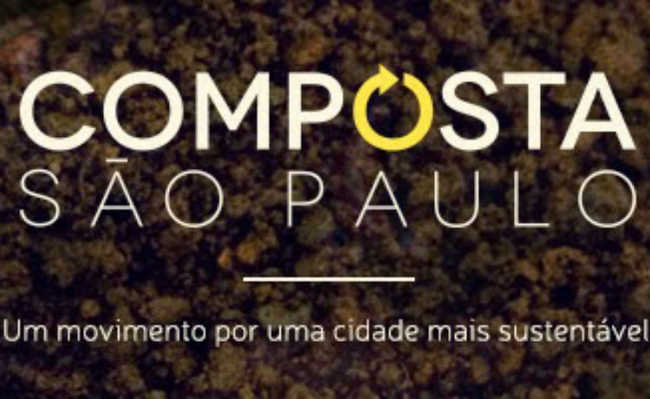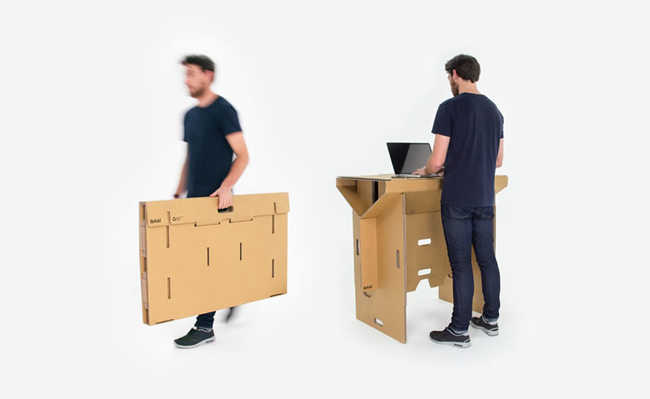Colors of selective collection: recycling and its meanings
Do the colors of the selective collection bins confuse you? So take a look at our tips!

The colors of selective collection are an important tool for the best disposal of waste. And speaking of garbage... It's worth emphasizing: "garbage" is a somewhat old-fashioned word. Waste or tailings make more sense:
- Waste is everything that can be reused, such as recyclable items and some organic materials that can be composted.
- Reject is material that cannot be reused and is sent to landfills.
Colors of selective collection
In some cities, selective collection is done between wet and dry items, or between recyclable and organic. When the recyclable material is collected and arrives at the cooperatives, it is then separated to be reused. Do you know what recycling is? To learn more about this topic, take a look at the article: "Do you know what recycling is? And how did it come about?".
- Garbage separation: how to properly separate garbage
But there are many places, such as public spaces, businesses and condominiums, that have selective collection bins and accept recyclables upon prior separation made by the consumer. Thus, the user must deposit the residue in the corresponding color bins. However, in some cities the city hall does not offer a selective collection service, but you can still recycle! Check out the first five steps to start recycling.
Did you know that, according to the resolution of the National Environmental Council, there are ten colors of trash cans for each type of waste? Check out the video from the channel eCycle portal above and take a look at the information below about selective collection colors:- BLUE : paper/cardboard;
- RED : plastic;
- GREEN: glass;
- YELLOW : metal;
- BLACK: wood;
- ORANGE : hazardous waste (such as cells and batteries);
- WHITE : hospital and healthcare waste;
- PURPLE: radioactive waste;
- BROWN: organic waste;
- GRAY : non-recyclable, contaminated waste or whose separation is not possible.
Paper and Cardboard (Blue)
- Items: newspapers, magazines, prints in general; cardboard boxes and long-life packaging.
Plastic (Red)
- Items: bottles, cleaning product packaging; jars of creams and shampoos; tubes and pipes; toys; bags, bags and milk bags; plasticised, metallized or waxed papers, such as biscuit packaging.
- Tips: wash them with reuse water so that there are no leftovers from the products, especially in the case of detergents and shampoos, which can make it difficult to sort and use the material. In the case of packages with lids, remove them.
Glass (Green)
- Items: jars, bottles; canning glasses.
- Tips: wash them with reuse water and remove the caps.
Metal (Yellow)
- Items: cans of beer, soda and juices; frames and picture frames.
- Tips: Cans should be crushed or pressed for easy storage.
Why are selective collection colors important?
Selective collection colors are important tools because they allow the waste to be separated into categories, which makes it much easier when recycling or correctly disposing of items that cannot be recycled.
The residues that are not reused or recycled, or better said, the tailings, ends up in landfills. Tailings that are incorrectly disposed of, on the other hand, end up in streets, ditches and dumps, causing significant pollution, mainly soil and water pollution, and increasing the risk of flooding.
The residues and tailings from the streets, ditches and dumps end up in the sea through rain washing and sewage pipes. In some cases, through the action of the wind, even landfill waste is transported and reaches the ocean, mainly plastic waste.
- Water pollution and its health and environmental hazards
- Pollution: what is it and what types exist
- Plastic pollution in the seas: problems for fauna and humans
Selective collection in condominiums
Responsible actions taken individually are important, but everything that is good for the environment is better when done together, as the beneficial impacts are enhanced. This is the case of selective collection. Have you thought about implementing selective collection in your condo?
If you are interested in this subject, check out the to implement selective collection in condominiums and how to implement specific waste collection points in condominiums.
See also a basic PDF selective collection guide. And want to know more good news? Know that recycling can be turned into profit for condominiums!
Now that you already know the colors of selective collection and know how to implement trash cans in condominiums, are you ready to spread this idea? So fill out the form below and share this content!
If you do not live in a condominium , but still want to properly dispose of your waste and rejects , find out which collection points are closest to your home in the search engines at eCycle portal .
But remember: the ideal is to reduce consumption to avoid the generation of residues and rejects. Find out how in the articles: "How to reduce plastic waste in the world? Check out essential tips" and "What is sustainable consumption?".
